Uncle Pushkin’s museum opened an exhibition about the poet’s family estate, which was surprising in its small scale
[ad_1]
“MK” has been monitoring the exhibition activities of the State Pushkin Museum especially closely over the past few years. 2024 was a particularly fruitful year for news events, when, in honor of the poet’s 225th anniversary, a project was opened in a historical mansion on Prechistenka, which, according to a number of experts, is comparable to the Pushkin exhibitions of 1937 and 1949 (need I explain that in the Stalinist USSR they celebrated anniversaries of Alexander Sergeevich on an unprecedented scale). Meanwhile, what is called anti-scale exhibitions also come into our field of vision, such as, for example, “Escape to Boldino…”, presented at the V.L. Pushkin House-Museum. Our correspondent reports from a mansion on Staraya Basmannaya.
There are so many writing locations in Moscow that, after living in the capital for at least two years, you stop approaching each sign with trembling hands, and read them as you go, fluently, something like this: “Here in such and such a year there is something there made such and such a classic.”
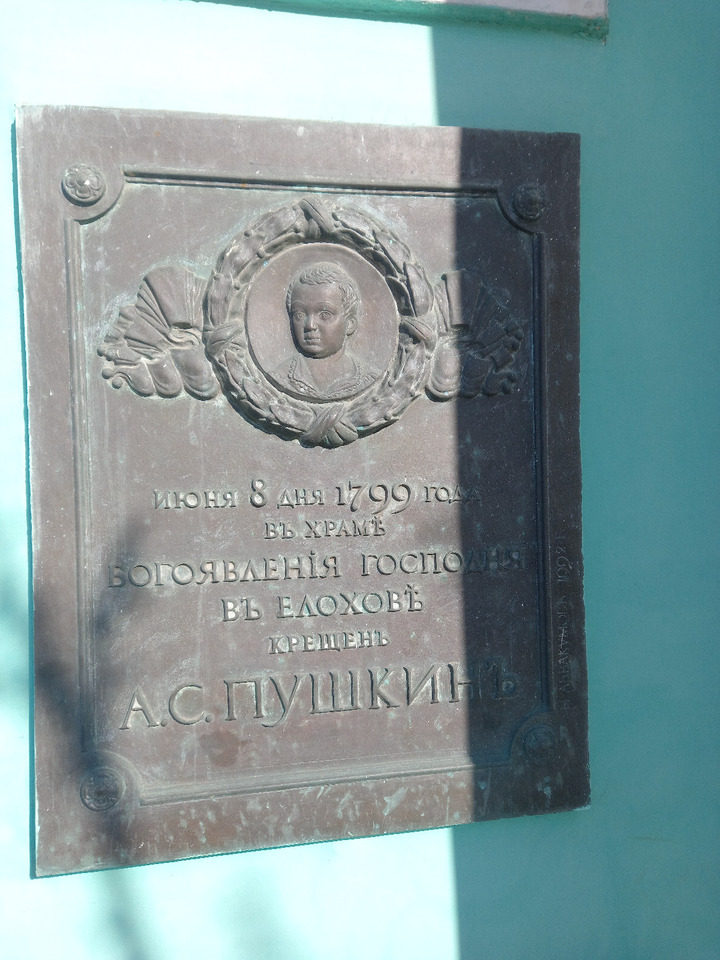
In 1826–1830, Pushkin often visited the house of his uncle Vasily Lvovich – you will learn about this first of all when you approach the one-story ancient building, located a kilometer from the Baumanskaya metro station. I dwell on such details because along the way an interesting route developed on its own – we go past the Epiphany Cathedral in Elokhov, where we learn from another tablet that in 1799 here, in the then Church of the Epiphany, the infant Pushkin was baptized. We look into the cathedral for a moment, because the famous copy of the Kazan Icon of the Mother of God, the image of which was in the Pushkin family, is kept there. And only then we get to the House-Museum of V.L. Pushkin, where the interiors of the century before last are recreated and, it seems, the spirit of ancient Moscow hospitality is in the air.
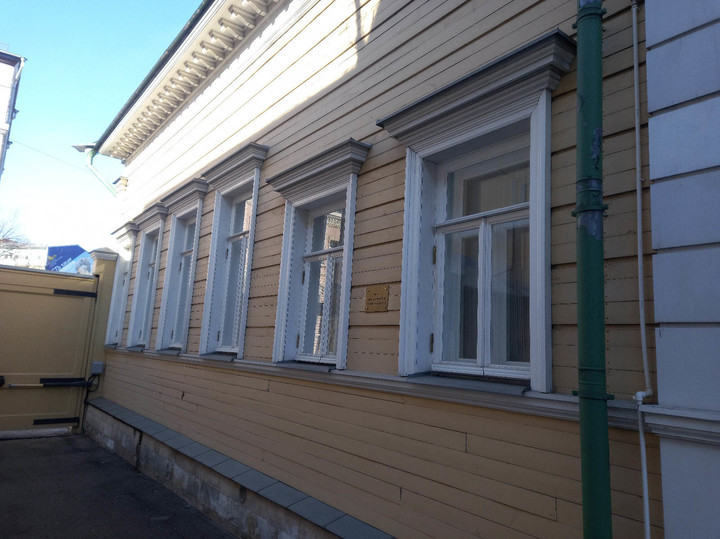
The exhibition “Escape to Boldino…” should be an addition to all this, but for its sake it may not be worth going separately to the historical places adjacent to the German Settlement.
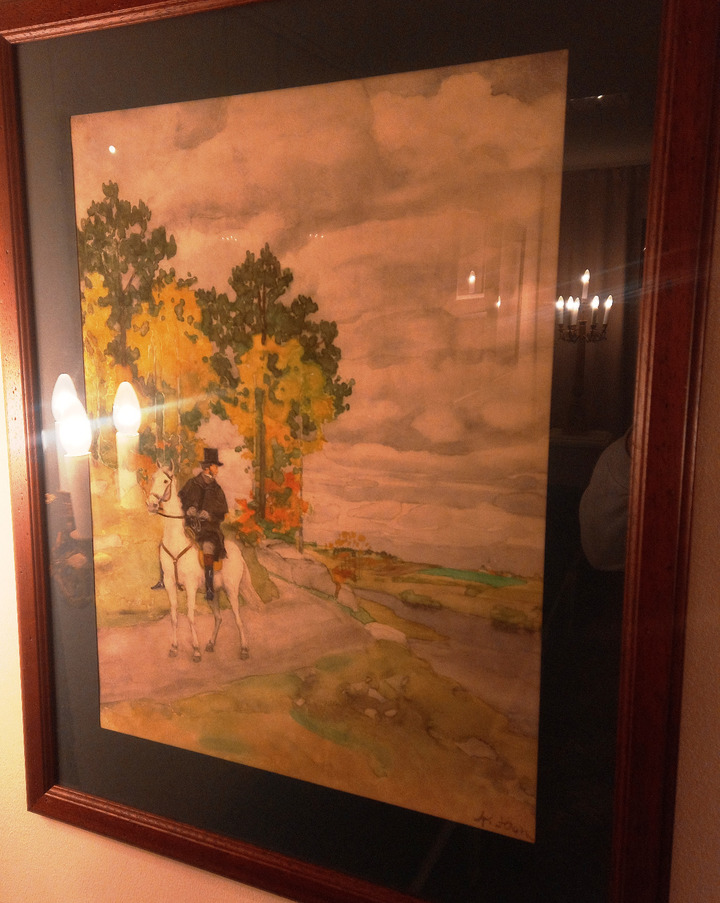
Let the organizers forgive me my pragmatism, but all that visitors will see are several dozen old lithographs and other illustrations, plus one showcase with books. Our literary museums – and first of all GMIRL, the Moscow museums of Leo Tolstoy, Marina Tsvetaeva, Mikhail Bulgakov – have “spoiled” the public: they now want an effective presentation, immersion and other tricks and a constant increase in the value of exhibits. And the Pushkin State Museum, by the way, is actively participating in this race – they recently showed the wedding crowns of Alexander Sergeevich and Natalya Goncharova, jewelry that belonged to the wife, genuine priceless antique furniture from Mikhailovsky… I’m afraid that after all this, “just pictures” are no longer “rocking” “
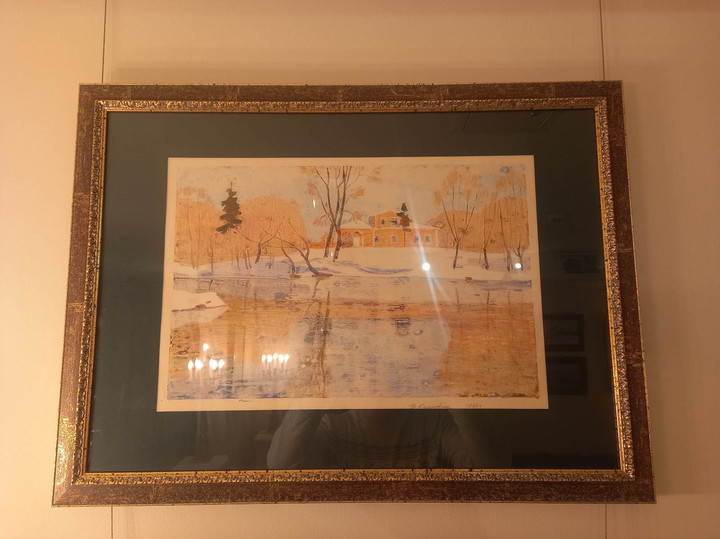
“Today’s visitors to Boldin do not see exactly the estate that the poet saw: the house was smaller and did not have a mezzanine; the estate buildings have been recreated… the peasant huts have not been preserved,” say museum workers. But from what fragments do they assemble the puzzle of the “real Boldin”? Here is Konstantin Yuon’s painting “Pushkin on Horseback” from 1949. Pushkin, a white horse, trees and terrain that are hardly amenable to exact attribution… Or consider with passion the works of Boris Berendhof: “Boldino. Evening” and “Boldino. October snow.” Both of them were created in 1957. Peasant huts. An empty plot of land. Trees in yellow, hills in the background. It was possible to paint all this without going to the place, whatever one may say, this is a “boldino-containing product”, and not authentic canvases created by Pushkin’s contemporaries or at least by painters of the 19th century.

The era that has sunk into oblivion is conveyed much more reliably by lithographs and watercolors of the first half of the 19th century: “Russian swing”, “Playing peasant children”, “Russian plow”, “At the ice hole”, “Russian tavern”, but they tell about peasant life in general, and not specifically about the section of the Nizhny Novgorod province where the great poet set foot. The lithograph from the painting “Hay Market” by Alexander Orlovsky depicts St. Petersburg in general. And if the name clearly states “Boldino”, this is definitely a picturesque “remake”: 1966, 1967, 1977, although restoration of the estate began in the post-Soviet period, and is it worth arguing now about whether the reconstruction has become an approximation to “ original” or moving away from it. But, most importantly, this is someone’s view of places that each of us can see right now, having made a journey that is not as difficult as it seems.
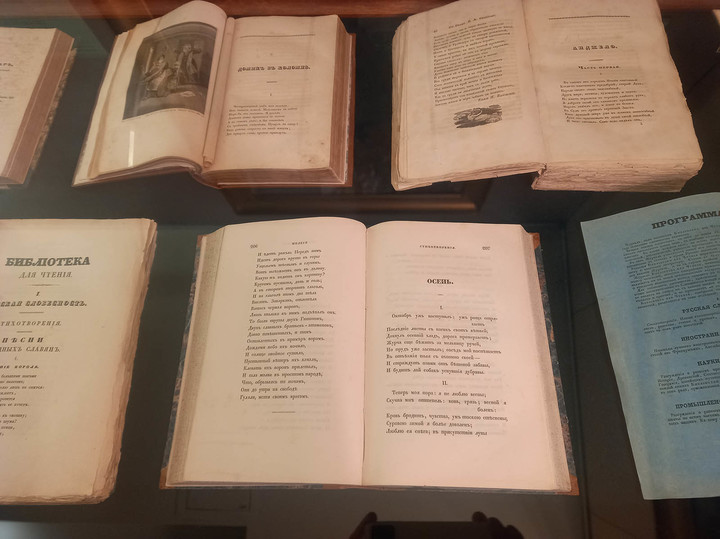
Or at least imagine – due to the magical properties of poetry: groves, a disgraced house, a lake, along the shores of which villages are scattered, beyond which
The mill crooked, its wings were struggling
Tossing and turning in the wind…
On the border
Grandfather’s possessions, in that place,
Where the road goes up the mountain,
Rugged by rain, three pines
They stand – one at a distance, the other two
Close to each other…
It turns out that the most important thing at the Boldino exhibition is the lifetime editions of works written by Pushkin in Boldino: we are talking about the small tragedy “The Miserly Knight”, the poem “The Little House in Kolomna”, the eighth chapter of “Eugene Onegin”, “Belkin’s Tales”, “The Tale of golden cockerel” and so on.
[ad_2]
Source link






